Our latest roundup of new books related to the world of cinema is full of indelible imagery––the pale face of Lost Highway’s Mystery Man, John Ford’s craggy visage, and, of course, the Neverland sets from Hook.
Lost Highway: The Fist of Love by Scott Ryan (Tucker DS Press)
Last year, Scott Ryan covered David Lynch’s Twin Peaks prequel in Fire Walk With Me: Your Laura Disappeared. (We featured it here.) In 2023, Ryan studies what he calls “the lowest-grossing, most forgotten film of [Lynch’s] career.” Ryan’s Lost Highway: The Fist of Love is every bit as enthralling and insightful as Your Laura Disappeared. The author zeroes in on the elements of Lost Highway that turned off most (but not all) audiences in 1997 but are titillating new (and revisiting) viewers today. Ryan should know; he was one of those who looked away in the nineties: “The first time I saw it, I pushed stop and ejected the VHS tape, popped it back into its rental case at exactly 7:29 minutes into the film, and didn’t watch it again for twenty years.” Naturally, he adds, “I am doing an entire book on it.” In Fist, he has scored interviews with many of the players involved––including actors Patricia Arquette, Balthazar Getty, and Natasha Gregson Wagner––while also analyzing the shooting script, deleted scenes, and possible meaning(s) of it all. This is an absolutely essential guide to the Lynch masterpiece that Matt Zoller Seitz, in his foreword, identifies as the film that “steered [Lynch] away from the mainstream success that he’d inexplicably found between the mideighties and early nineties, and recommitted him fully to the unconscious and uncanny images he’d explored as an art school student and deepened as a creator of experimental fine art.”
But God Made Him a Poet: Watching John Ford in the 21st Century by Scout Tafoya (With an X Books)
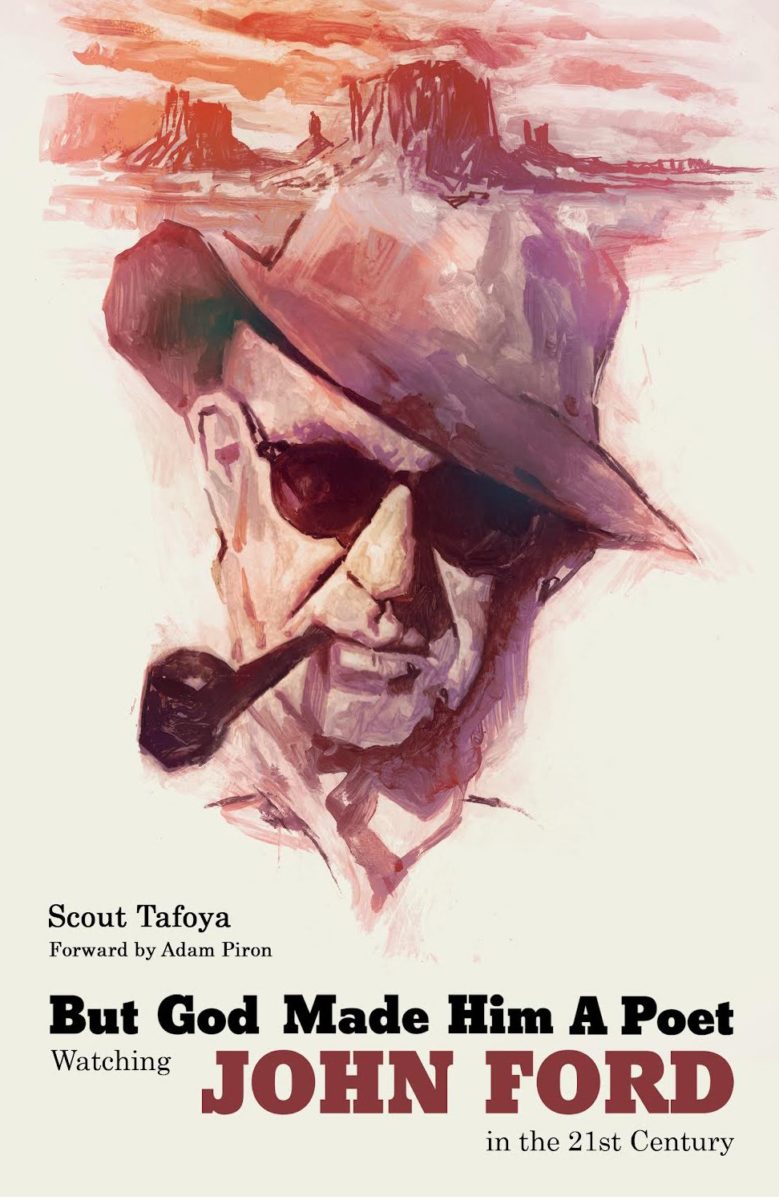
“What you’re about to read is a study of the films of John Ford specifically from the vantage point of this moment in time, November of 2022,” writes the gifted critic and filmmaker Scout Tafoya at the start of But God Made Him a Poet. The result is a beautiful work of deeply personal criticism, one that wrestles with the work, persona, life, and legacy of a man whose art was, shall we say, complicated. After a bracing first section that dives right into the issues that make Ford such a lightning rod for criticism, Tafoya moves through the director’s filmography, entry by entry. The films are covered with great humor (on 1938’s The Adventures of Marco Polo: “Sam Goldwyn really thought he had something here”), admiration (“The key thing The Searchers gave me as a young moviegoer was the sense of time and distance”), and an air of sadness (“Ford never looked forward in his last ten years as an artist”). Finally, in the book’s breathtaking last section, Tafoya searches for and finds Ford’s influence in everything from K-19: The Widowmaker to Road House. It is a fitting conclusion for an analysis as complex and important as its subject.
The Queer Film Guide: 100 Films That Tell LGBTIA+ Stories by Kyle Turner (Smith Street Books)
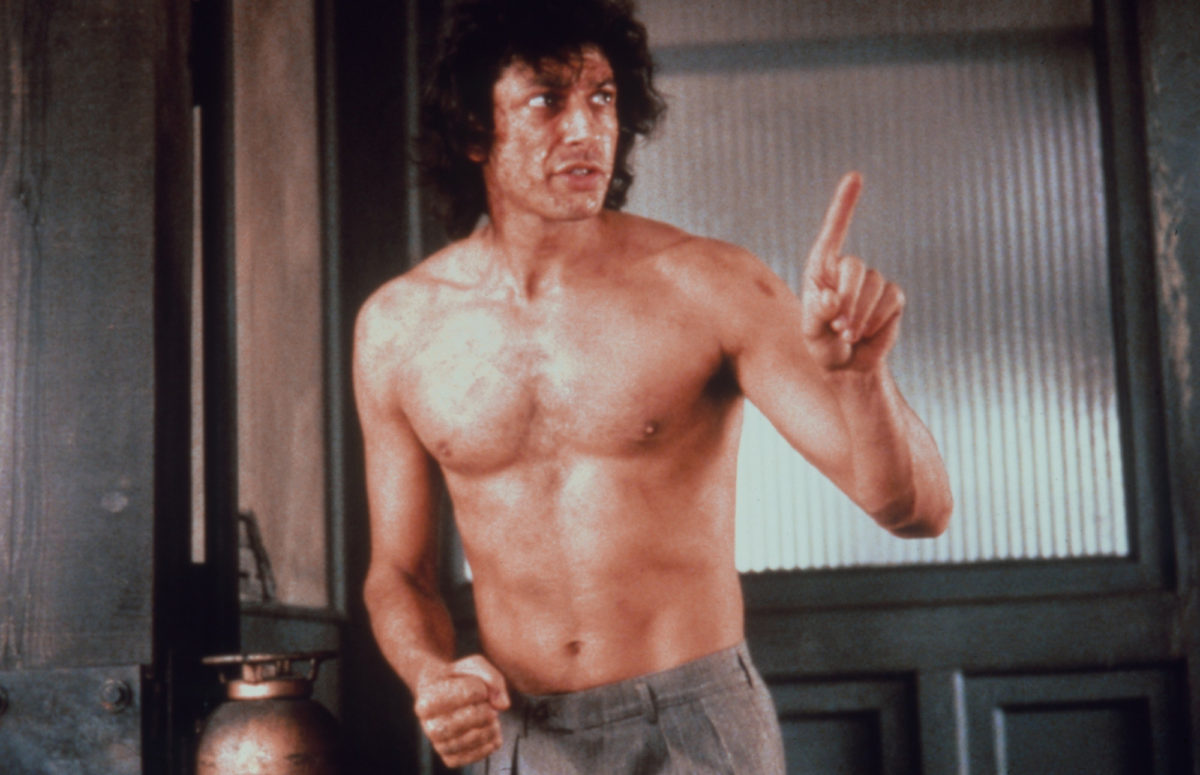
Writer Kyle Turner is a Twitter must-follow, and following his insightful work for outlets like GQ and the Village Voice comes an indispensable guide to queer cinema. Some are well-celebrated, including Scorpio Rising, The Boys in the Band, Paris Is Burning, My Own Private Idaho, and Mysterious Skin. However, Turner also includes works that are a bit more obscure (Wakefield Poole’s Boys in the Sand, João Pedro Rodrigues’ O Fantasma). Turner also touches on films not inherently seen as part of the queer canon, such as Cronenberg’s The Fly. He notes the film’s release in 1986, “timed uncannily” to the AIDS epidemic. “As bodies were being ravaged by the virus at a terrifying rate and medicine was trapped between the forces of time and big pharma, a film about someone whose partner’s body and being is irrevocably changed into the unnatural by the ‘natural’ ripples with resonance.” Sharp, fresh, and unforgettable, The Queer Film belongs on the shelf of every serious film lover.
The Way They Were: How Epic Battles and Bruised Egos Brought a Classic Hollywood Love Story to the Screen by Robert Hofler (Citadel) and The Way We Were: The Making of a Romantic Classic by Tom Santopietro (Applause)
In a very interesting coincidence (seemingly?), early 2023 saw the release of two books about the making of Sydney Pollack’s The Way We Were. And why shouldn’t this be the case? After all, there is much to say about the bittersweet, decades-spanning love story starring Robert Redford and Barbra Streisand. So…. which of the two books is best? That’s a tough one. Hofler’s book uncovers fascinating details about Laurents’ inspiration for the story, the screenwriter’s relationship with longtime partner Tom Hatcher. Meanwhile, Santopietro painstakingly documents the production as well as the sequel talk that has followed Redford and Streisand for decades. Conclusion: If you adore The Way We Were, you’re going to want to pick up both.
But Have You Read the Book?: 52 Literary Gems That Inspired Our Favorite Films (Turner Classic Movies) by Kristen Lopez (Running Press)
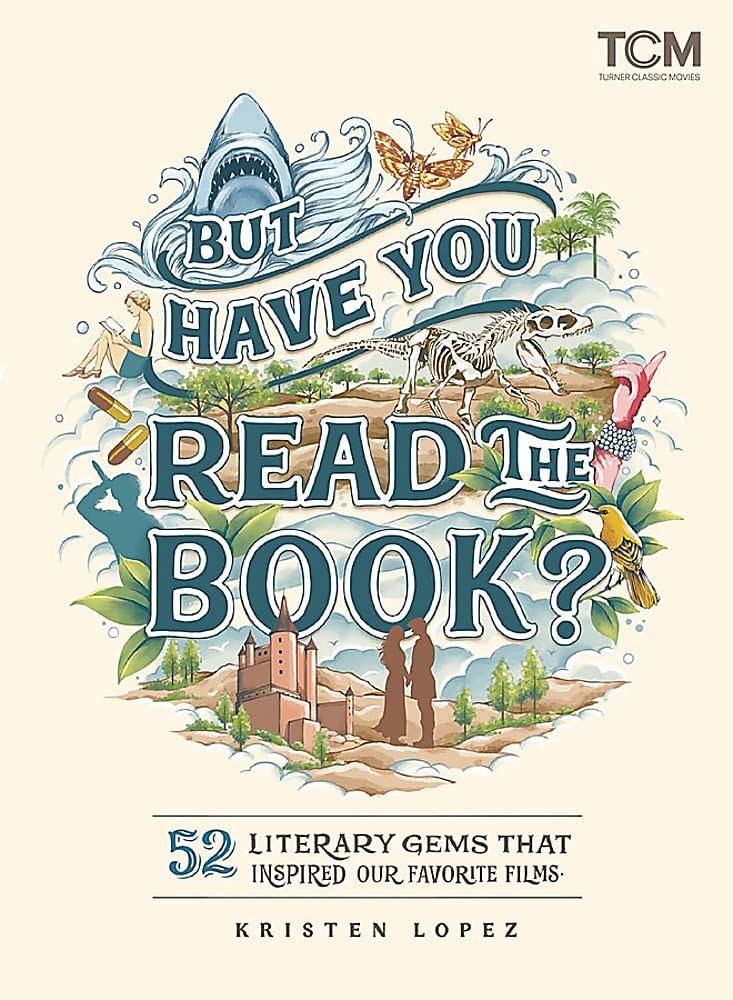
But Have You Read the Book? offers a well-researched, highly readable study of 52 noteworthy adaptations. Lopez, a wonderfully incisive and entertaining writer, includes some expected classics (To Kill a Mockingbird, The Godfather) along with numerous surprises. The standout, to me, is her consideration of Rebecca Hall’s tremendously underrated take on Passing, Nella Larsen’s 1929 novel exploring racial passing. While acknowledging the 2021 film’s greatness, Lopez also explains what could not be captured onscreen in the story of reunited childhood friends Irene (Tessa Thompson) and Clare: “Hall’s feature beautiful renders Irene’s subtlety around Clare but, within Larsen’s text, Irene’s true inner thoughts can be deconstructed and examined.”
The Cinematographer’s Voice: Insights Into the World of Visual Storytelling edited by Lindsay Coleman and Roberto Schaefer (SUNY Press)
There is something truly special about hearing expert craftspeople discuss their methods, inspirations, and difficulties. The Cinematographer’s Voice offers the opportunity to hear these insights from many of the major names in cinematography, including Rodrigo Prieto, Christopher Doyle, Ellen Kuras. The interviews herein are full of unexpected details. One that stands out is Dean Cundey’s defense of the Neverland sections of Spielberg’s Hook, which Coleman says were seen by some critics as overlit: “We chose filters, paired with hot backlights, so as a result there was a look achieved somewhere between reality and theatricality.”
Books recently (or soon to be) adapted
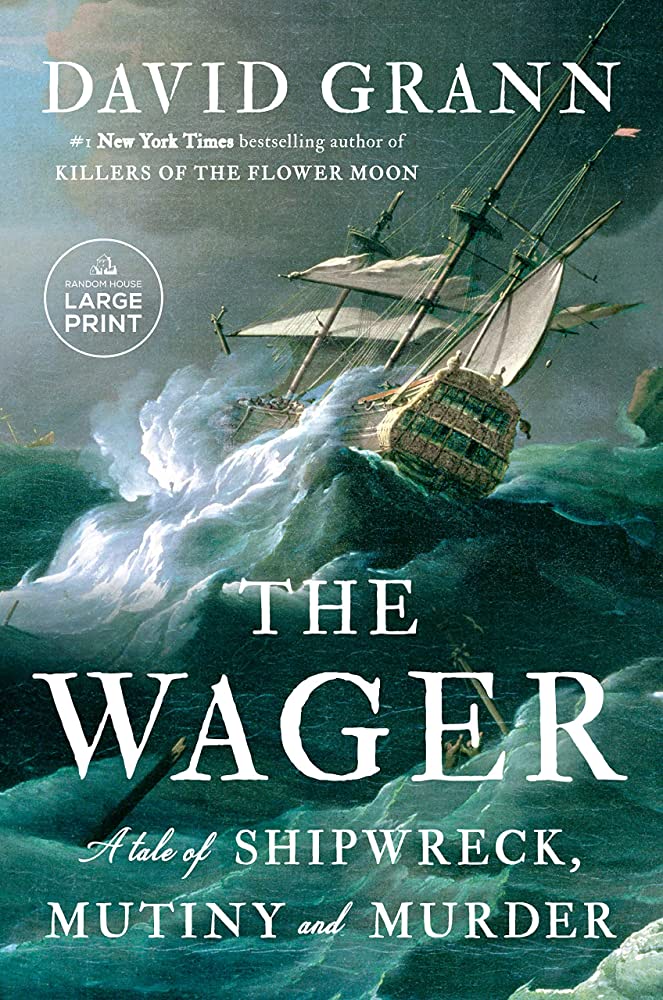
Martin Scorsese’s film of David Grann’s Killers of the Flower Moon has, of course, made its long-awaited premiere at the Cannes Film Festival. And while Marty and company are focused on promoting this account of the horrific murders of dozens of members of the Osage Nation in the early twentieth century, there is already talk of what Scorsese (and star Leonardo DiCaprio) will do next. One candidate is an adaptation of Grann’s latest, The Wager: A Tale of Shipwreck, Mutiny and Murder (Doubleday). If Scorsese does indeed take on this tale of mutiny in the late 1700s, we may be in for a treat. It should come as no surprise to readers of Grann’s work that the tale is absolutely astonishing. The twists and turns are every bit the equal of those found in The Lost City of Z and Flower Moon, and the canvas is even more vast. There are unforgettable figures (most notably the captain of the H.M.S. Wager, David Cheap) and moments that make the reader’s blood turn cold. The Wager is a triumph, and while a film version would be a gargantuan undertaking, I hope Scorsese is up to the task.
Coming before a film of The Wager is an adaptation of David Fisher’s mesmerizing World War II-set biography, The War Magician (Blackstone Publishing). Benedict Cumberbatch will star as magician Jasper Maskelyne, who brought his talent for magic to the war effort. This is an extraordinary story of a little-known figure, and Fisher brings it vivid life.
Now airing on Apple TV+ is a series based on Hugh Howey’s Silo trilogy––Wool, Shift, and Dust (William Morrow). I’ve not yet watched the series, which stars the captivating Rebecca Ferguson and David Oyelowo. But the books are enthralling sci-fi mysteries. Set in an underground bunker on post-apocalypse Earth, Silo is a clever (the “silo” houses the last 10,000 humans on the planet), multi-character wonder that has deservedly developed a devoted following.
Matthew Quirk’s The Night Agent became an absolute smash on Netflix upon release in March and it’s no wonder; the tale of an FBI agent caught in a big, smackin’ conspiracy is brisk and action-packed. Quirk’s latest novel, Inside Threat (Harper Collins), is another fine beach read––this time a Secret Service agent must ferry the President and his family to safety after an attack on the White House.
Austin Butler is attached to star and produce City on Fire, the first entry in Don Winslow’s ambitious trilogy about an East Coast crime war, and the second book in the series, City of Dreams (Harper Collins), is out now. Another tale of East Coast violence is Helltown: The Untold Story of a Serial Killer on Cape Cod by Casey Sherman (Sourcebooks), a harrowing true crime drama featuring two titans of literature: Kurt Vonnegut and Norman Mailer. Oscar Isaac is set to play Vonnegut, and I can’t wait to see who plays the latter.
I’m very excited for the eventual Amazon series based on Ninth House by Leigh Bardugo, a weird, wild, Yale-set story of secret societies, and the recently released second book in the series, Hell Bent (Flatiron Books), is just as satisfying as the first. Another eagerly awaited adaptation is The Twyford Code by Janice Hallett (Atria Books), a darkly funny, structurally complex, found-footage-y (you’ll see what I mean) novel that will soon be the basis for a U.K. series. Pineapple Street, based on Jenny Jackson’s deliciously juicy novel (Pamela Dorman Books) about the three scions of a wealthy New York family, is set for a series adaptation. And Lessons in Chemistry by Bonnie Garmus (Doubleday) is a winning bit of historical fiction about a female scientist in the 1960s; an Apple TV+ series starring Brie Larson is on the way. You won’t find a more purely enjoyable novel on this list.
More noteworthy novels

Miles Raymond, the character indelibly played by Paul Giamatti in the film adaptation of Rex Pickett’s Sideways returns––as disgruntled as ever––in Pickett’s Sideways: Chile (Blackstone Publishing). This incarnation of Miles is a successful author, but still gripped with depression. A magazine assignment to visit Chile offers him the chance to turn things around. Like Tom Perrotta’s recent Election sequel, Tracy Flick Can’t Win, this is a fine continuation that could make for another winning film or series. Another recent personal favorite is Nathan Ballingrud’s The Strange (Gallery/Saga Press), a science fiction revenge story full of haunting imagery and a setting that is sure to entice: the first colony on Mars in 1931. Lighter, but with plenty of dramatic heft, is I Have Some Questions for You by Rebecca Makkai (Viking). A podcaster returns to the boarding school of her youth, haunted by the memories of her former roommate’s murder. Makkai’s brilliant follow-up to Pulitzer Prize finalist The Great Believers conjured thoughts of Rian Johnson and even Veronica Mars.
T. Kingfisher serves up a haunting Southern gothic horror story in A House With Good Bones (Nightfire). And Trust by Hernan Diaz (Riverhead Books), a century-spanning mystery-drama that opens in the 1920s, was a deserving winner of the Pulitzer Prize. Barack Obama named it one of his favorites of 2022, and you will see why this story of a Wall Street tycoon, a roman-a-clef captivating the nation, and the stock market crash has captivated so many readers.
New to 4K and Blu-ray
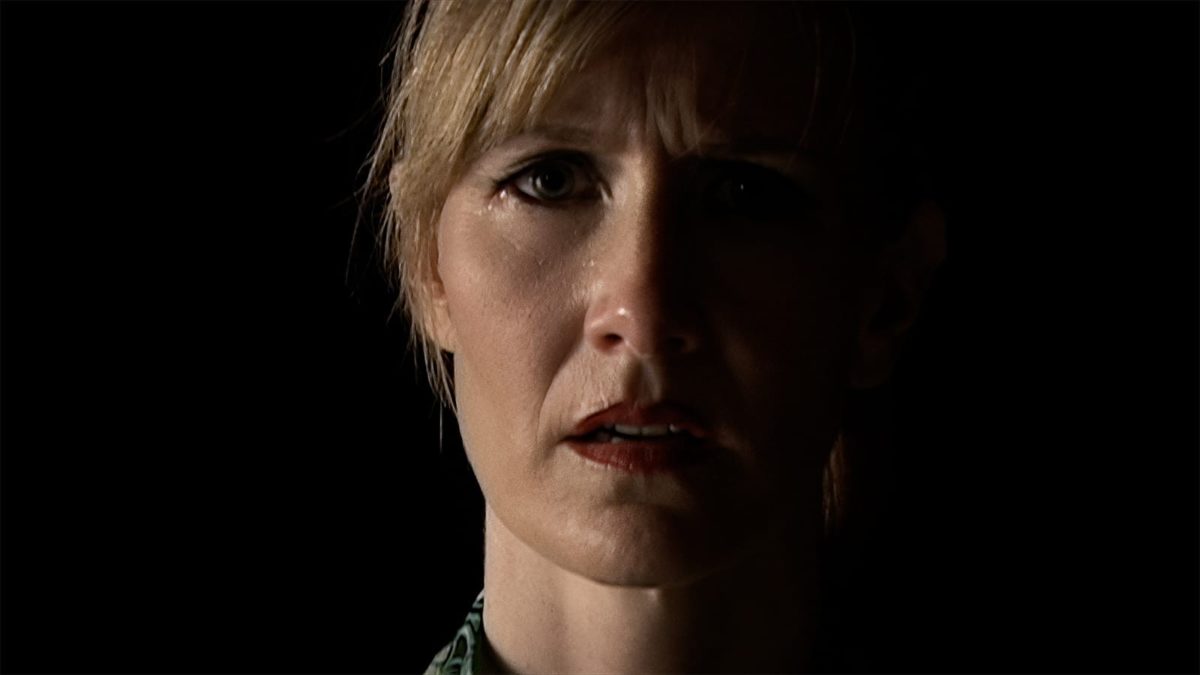
We discussed David Lynch’s Lost Highway earlier in this column; that film entered the Criterion Collection in October. March saw the Criterion release of INLAND EMPIRE, Lynch’s most recent big-screen feature. The extras are bountiful, including the documentaries LYNCH (one) and LYNCH2, by blackANDwhite, and the booklet includes excerpts from Richard A. Barney’s David Lynch: Interviews. Also from Criterion is Terry Gilliam’s The Fisher King, which follows the recent Collection debut of his rollicking The Adventures of Baron Munchausen. While it is accurate to say Fisher King is the “least eccentric” of Gilliam’s features, that does not mean it isn’t a wildly original delight. As Bilge Ebiri puts it in his booklet essay, “With this film, Gilliam’s aesthetic entered the real world. And he has never made another movie like it.” And new from Kino Lorber are two gems––one an acknowledged classic, the other ripe for reappraisal. The former is Sidney Lumet’s Serpico, which looks fantastic in 4K and of course features one of Al Pacino’s mightiest performances. The former is Dennis Hopper’s Backtrack, famously taken out of its director’s hands, recut, and released as Catchfire (with the dreaded Alan Smithee credit). Kino Lorber’s new release features the original theatrical version and the director’s cut. As you may have guessed, Hopper’s cut is stronger than Smithee’s.
